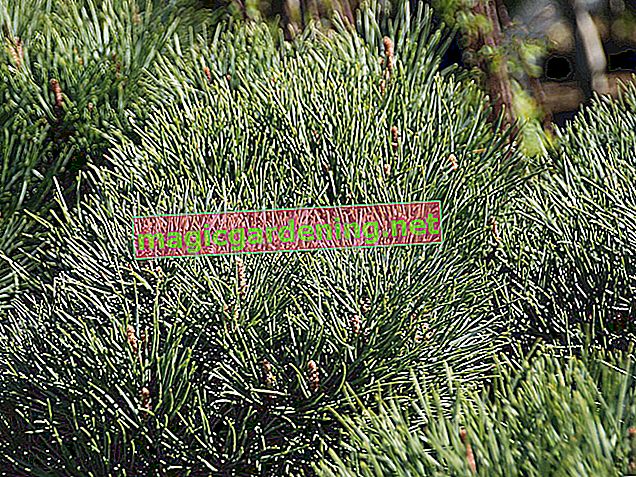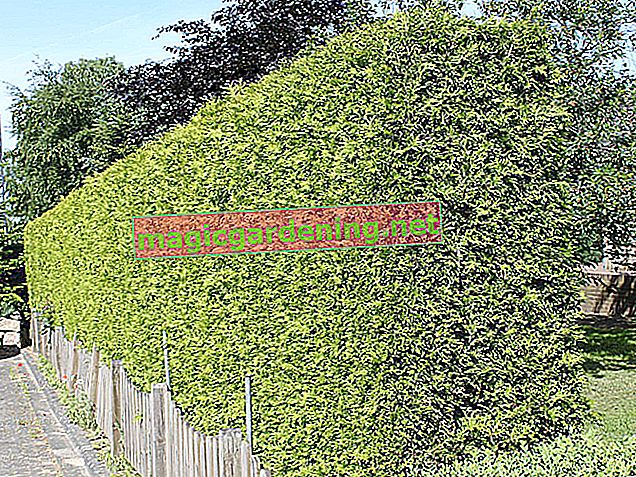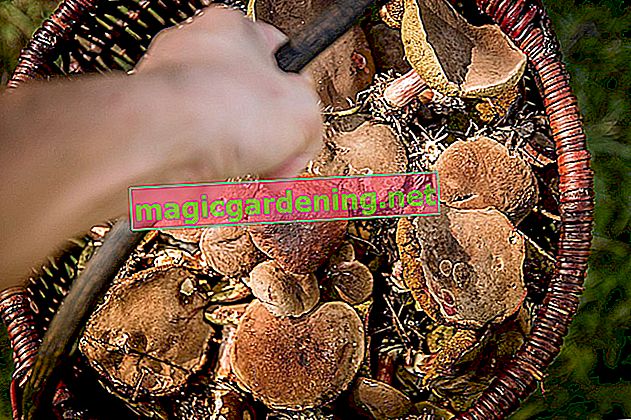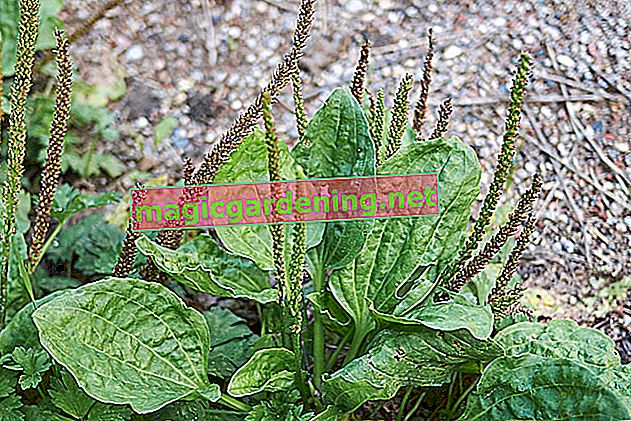
The right time
Unlike deciduous trees, you can prune back a pine tree in autumn. Conifers are less sensitive to cut injuries due to the increased resin formation and therefore regenerate better. However, early spring is recommended, as the pine is then no longer in the resting phase of growth.
also read
- Tips and tricks for planting a pine tree
- The pine blossom
- Overview of different types of pine tree
Thinning out the pines
In contrast to numerous plant species, pines do not form new shoots after pruning. If you cut off large branches, the shape of the tree will remain the same. Nevertheless, in some cases it is worth removing unwanted branches for the following reasons:
Purpose of clearing
- Give light to plants on the ground
- Protection from falling branches in strong winds
- Topiary
- Protection of buildings when the pine grows too wide
Feel the pine trees
An alternative to shortening the jaw is so-called releasing. In doing so, you remove the branches on the sides of the trunk. Your jaw will then produce an unusually large amount of resin to protect the interfaces. Especially those trees that are in the shade make a rather unsightly picture. Simply green your pine tree with a tendril like ivy or a climbing rose to hide the unsightly spots.
Grow pine as a bonsai
Trimming a pine tree is also recommended if you want to keep the conifer as a bonsai. Here, shortening can really stunt growth. To get a nice shape, cut back the so-called candles (the young shoots) in late spring or early summer.








